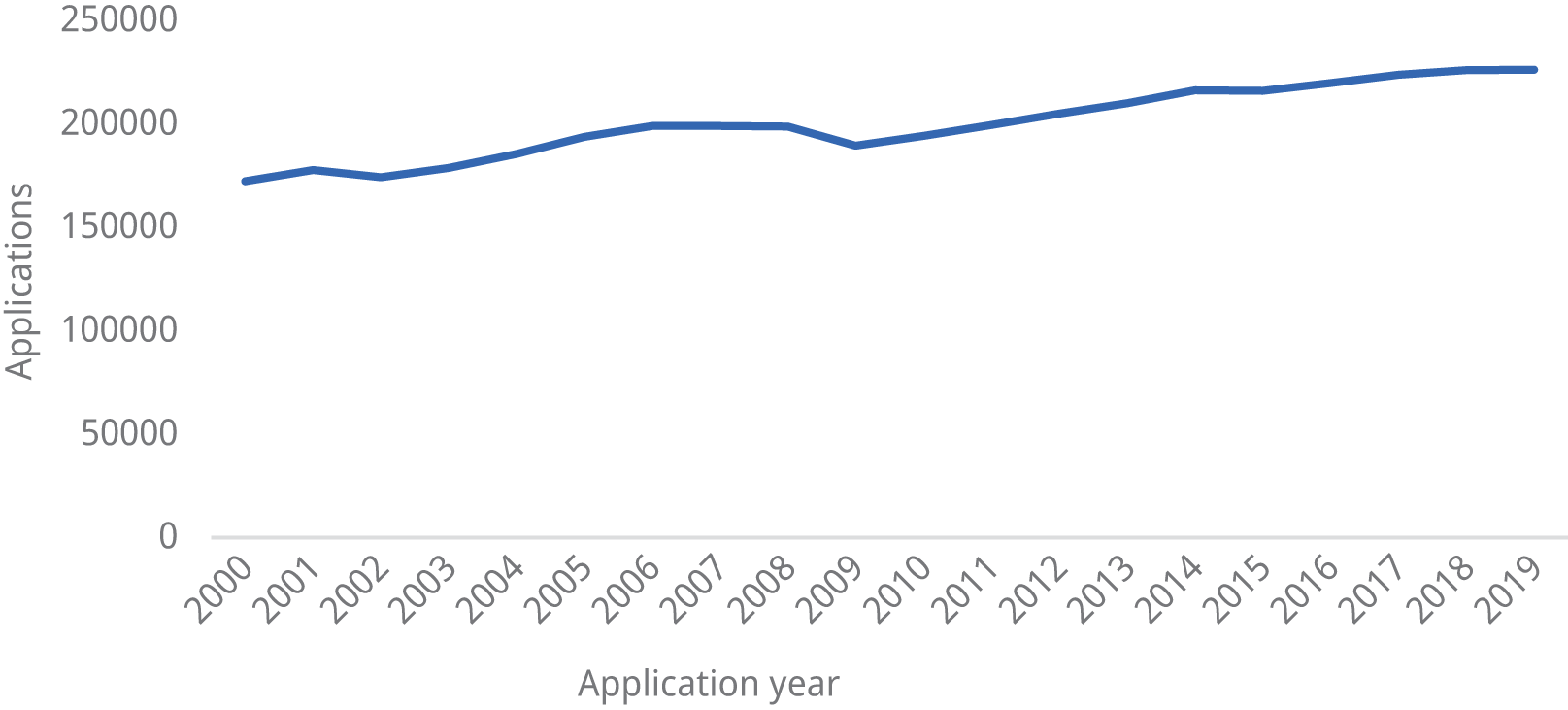5.1 Overview of the patent system
5.1.1 Evolution of the patent system
The German Patent Act (“Patentgesetz”) finds its roots in the Reichspatentgesetz of May 25, 1877, which has since undergone numerous revisions and consolidations. The current version is based on the 1981 revision, with the latest significant modification having entered into force in August 2021. In this modification, the right to a permanent injunction, above all, was adapted so as to clarify that, under exceptional circumstances, the claim for injunctive relief may be precluded by the objection of disproportionality.
Since its beginnings, patents have been granted throughout all federal states in Germany by a centralized federal body – first the Imperial Patent Office in Berlin, now the German Patent and Trademark Office (PTO) having its seat in Munich. A major change to the organizational structure of the granting authority was triggered by a landmark decision of the Federal Administrative Court (“Bundesverwaltungsgericht”) in 1959,1 which found that it was not in line with the fundamental right to judicial review that decisions of the Patent Office could only be appealed to an internal appellate body of the Office. It further held that this appellate body could not be regarded as a court since its decisions were rendered by civil servants not being furnished with the independence and impartiality of a judge. This led to the establishment of the Federal Patent Court (FPC; “Bundespatentgericht”)2 in Munich in 1961 after necessary changes to the German Constitution had been made.3
5.1.2 Importance of the European Patent Convention and EU law
Despite the principle of territoriality, which limits the geographical scope of protection of patents to the country of grant, German patent law is continuously and increasingly subject to international – primarily European – influences as part of the European integration. These influences are multifaceted and reach from the granting of patents to their enforcement.
A major influence on German patent law is the European Patent Convention (EPC),4 which entered into force on October 7, 1977. The Convention not only contains substantive provisions, but is also the legal basis for the establishment of the European Patent Office (EPO), an international organization separate from the European Union (EU), with additional member states such as Norway, Switzerland, Turkey and the United Kingdom. One of the most prominent examples of this influence concerns the grant of patents. Until the EPC became effective in 1977, it was only possible to apply for German patents at the German PTO. Since then, applications for so-called European patents can also be filed with the European Patent Office.5 The application can request protection for one or – typically – more member state signatories of the EPC. According to Article 64(1) of the EPC, a European patent has the same effect as a nationally granted patent. Germany has been a signatory of the EPC since its entry into force, and many patents enforced in Germany are European patents.
The enforcement of patents in Germany is also shaped to a large extent by EU law: Directive 2004/48/EC, on the enforcement of intellectual property rights (the “Enforcement Directive”);6 and the case law of the Court of Justice of the European Union, in the context of standard-essential patents.7 The Enforcement Directive is aimed at harmonizing the EU’s legislation in the field of intellectual property and at ensuring a high, equivalent and homogeneous level of protection of intellectual property, including patent law.8 The Enforcement Directive has been implemented into German intellectual property law, including patent law, to the extent needed but is also relied upon by German courts when interpreting national law.
5.1.3 Patent application trends
Figure 5.1 shows the total number of patent applications (direct, Patent Cooperation Treaty (PCT) national phase entry and European patent DE designation) filed in Germany from 2000 to 2019.
Figure 5.1 Patent applications filed in Germany, 2000–2019

Source: WIPO IP Statistics Data Center, available at www3.wipo.int/ipstats/index.htm?tab=patent and EPO PATSTAT, available at www.epo.org/searching-for-patents/business/patstat.html
Bundesverwaltungsgericht (BVerwG) (Federal Administrative Court), June 13, 1959, I C 66.57.
6th Transitional Act (Überleitungsgesetz) of March, 23, 1961, BGBl. I, 274.
The term “European patent” can be slightly misleading. While the granting of these patents is done centrally by the EPO, they subsequently break down into national parts, so that enforcement and validity is solely considered at the national level.